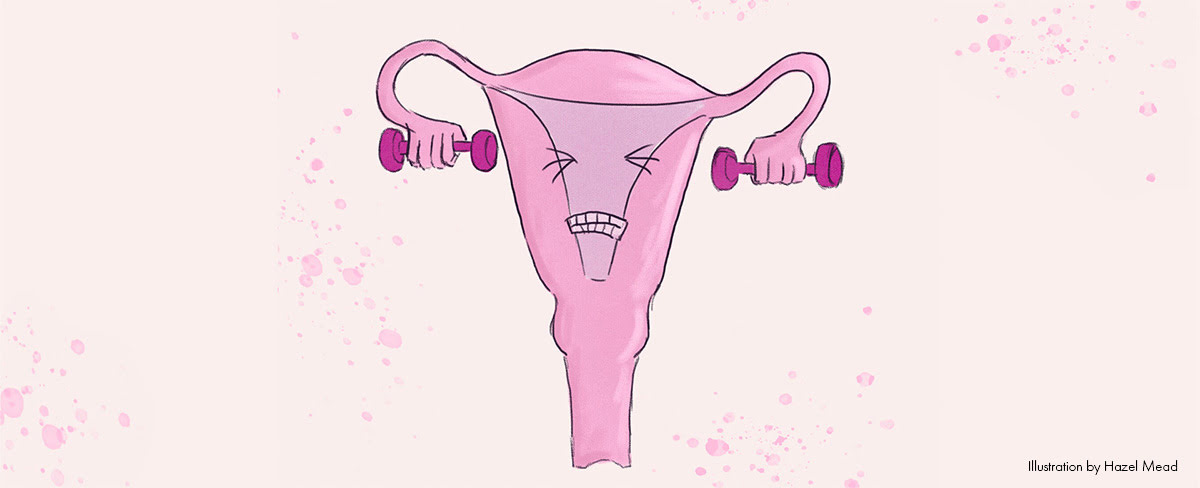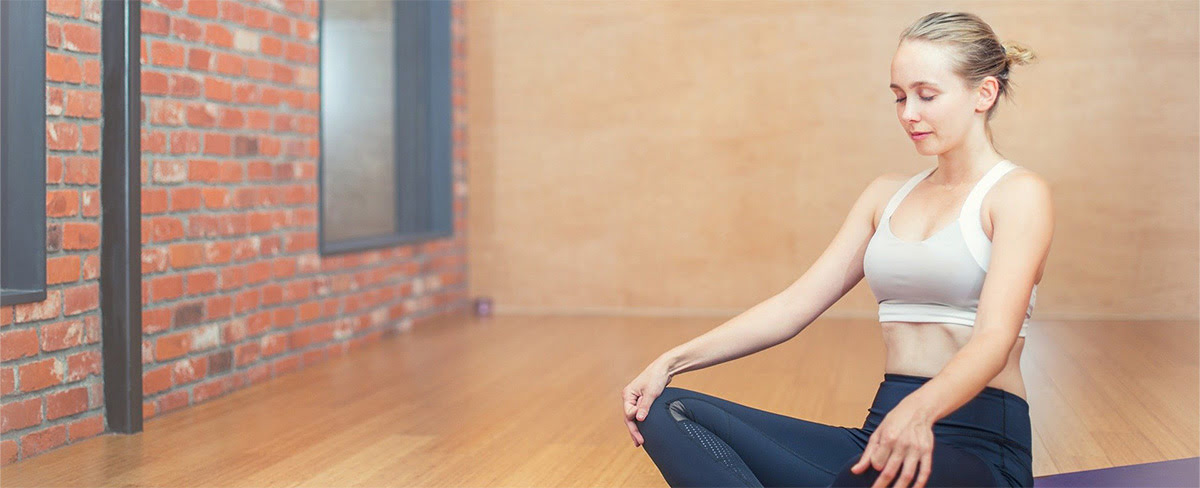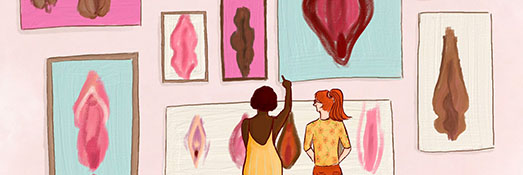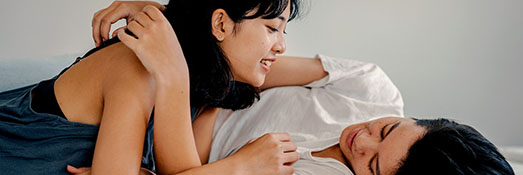
How to Do Pelvic Floor Exercises
So, what are pelvic floor muscles? Think of the pelvic floor as a hammock of muscles that support the bladder, bowel, urethra, vagina and uterus. If strong, these muscles can help to stop urinary incontinence, prevent pelvic prolapse and improve sexual sensation.
But if weak, there’s a chance the body could lose control of the areas the pelvic floor is meant to be supporting. Symptoms of a weak pelvic floor include urinary or faecal incontinence, vaginal prolapse, an urgent and more frequent need to pee, and pain during penetration.
Pelvic floor issues
Pelvic floor issues are particularly common post-pregnancy. Symptoms are likely to show themselves in the form of urinary incontinence or a heavy feeling between the vagina and anus (the perineum). ‘In the first year following a vaginal delivery, up to 66% of women have a degree of leakage,’ says pelvic floor surgeon Dr Mayoni Gooneratne.
In 2019, the National Institute for Health and Care Excellence (NICE) published new guidelines that encourage people to strengthen their pelvic floor muscles when signs of incontinence or prolapse present themselves – and there’s evidence these simple squeezes really work. The NHS found that by practicing pelvic floor exercises ‘before and during a cough or any increase in abdominal pressure, urine loss can be reduced by 73% within one week’. So, what’s the best way to get started?
Pelvic floor exercises
So, what are pelvic floor exercises? Well they’re pretty much exactly what you’d think, short exercises you can do to help train your body and strengthen your pelvic floor muscles. Just like you’d use squats to improve leg strength, or plank for your core, pelvic floor exercises (also known as kegel exercises) will target and strengthen the pelvic muscles and they certainly aren’t something just for women post-pregnancy, they can be really helpful for everyone to practice.

How to do pelvic floor exercises
- Sit comfortably and squeeze your back passage as if you’re trying to stop yourself passing wind, this should feel like you’re drawing yourself inwards.
- Whilst doing step 1, also squeeze your vaginal muscles, these muscles should mirror the movement of your anus and retract upwards.
- You should feel a clenching/lifting sensation of the front and back pelvic areas as the muscle contracts.
- Try hold each squeeze for a few seconds and repeat 10 to 15 times.
There are different types of training kits you can use to help with these exercises, such as the popular My Viv Pelvic Floor Training Set, which is made of body-safe silicone and designed for comfort.
Best position for pelvic floor exercises
You can learn to improve your strength, stamina and quick response by doing your exercises regularly, but make sure you’re in the right position. The NHS advises you lie, sit, stand or kneel on all fours to perform the tightening movement. As you re-educate your muscles and the area becomes stronger, you can start performing pelvic floor exercises when you really need them. Rely on your squeezing techniques as you cough, sneeze, laugh, lift, or run.
Using pelvic floor trainers: Jiggle Balls
Pelvic Floor Trainers, also known as jiggle balls or love eggs, are small weights that are designed to fit comfortably inside your vagina. By holding them inside the vagina using the correct muscles and technique, you can gradually strengthen your pelvic floor by progressing from smaller to slightly heavier weights.
To find out more, read our How to Use Love Eggs Guide.
Can you do pelvic floor exercises when pregnant?
Absolutely! In fact, many health professionals will recommend doing pelvic floor exercises in pregnancy. Your body goes through a lot before, during and after giving birth, so getting a head start and doing your pelvic floor exercises is a good way to help reduce the chance of incontinence after you’ve given birth.
Just like every type of exercise, pelvic floor exercises are most affective when tailored to individuals and monitored over a period of time. If you think your pelvic floor muscles are on the weak side, it is a good idea to seek advice from a health professional.
-

Why do Some People Orgasm More Easily?
Understand that sometimes it might be easy to orgasm and other times it might not.
-

How to: Get to Know Your Vulva
The vagina is the internal part of your anatomy and the vulva is everything on the outside.
-

Talking About Sex with Your Partner
Having conversations about sex with your partner can feel like a difficult thing to do but could hold the key to an amazing sex life. Find out how to approach it here.
your first order
Stay in the loop on all things Ann Summers:
Updates on new arrivals, inspiration, offers and events!
*Discount only available on full price products and 5% off discounted products
By inputting your information, you agree that we can use it in accordance with our Privacy Policy. You are able to unsubscribe from marketing at any time. By proceeding you agree to our Terms and Conditions.
You must be over 18 to join our mailing list.
By inputting your information, you agree that we can use it in accordance with our Privacy Policy. You are able to unsubscribe from marketing at any time. By proceeding you agree to our Terms and Conditions.
You must be over 18 to join our mailing list.
Sign up to emails and get up to 15% OFF your first order

*15% Discount only available on full price products and 5% off discounted products
Stay in the loop on all things Ann Summers: Updates on new arrivals, inspiration, offers and events!
By inputting your information, you agree that we can use it in accordance with our Privacy Policy. You are able to unsubscribe from marketing at any time. By proceeding you agree to our Terms and Conditions.
You must be over 18 to join our mailing list.
Our Benefits
Free Delivery over £50
Spend £50 or more and enjoy free UK Standard Delivery (arrives in 3 working days).
Prefer something faster or more flexible? Next Day, Click & Collect & more at checkout.
Buy Now, Pay Later
Buy Now & Pay Later with our payment partners Klarna, Paypal, and Clearpay at checkout. Get the product you want, when you want it.
Free Returns
Changed your mind? Return eligible items free of charge within 30 days.
Discreet Delivery
Your order will always arrive in plain, unbranded packaging from “AS Ltd”.